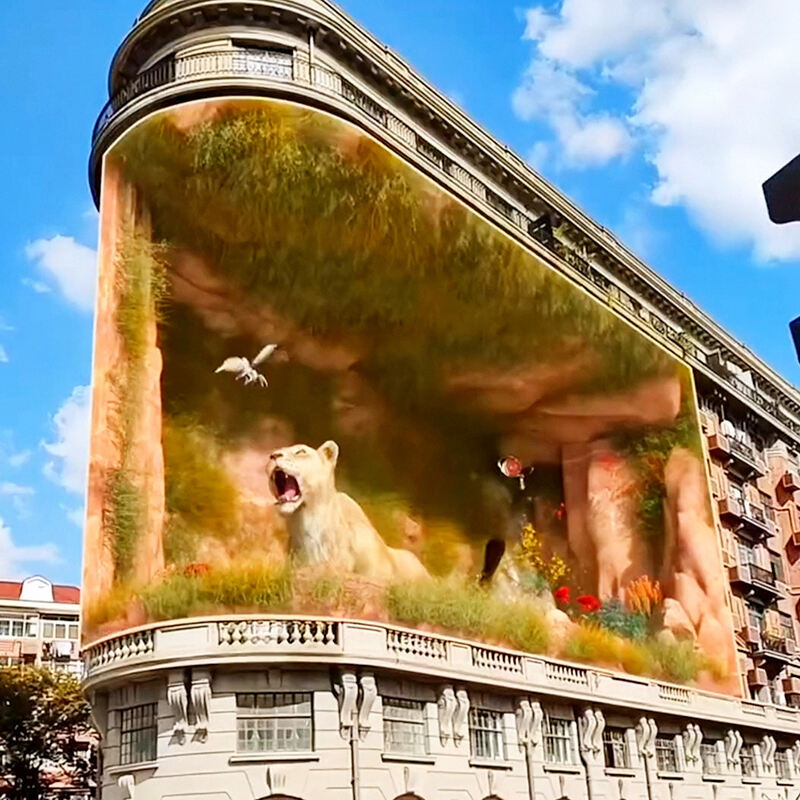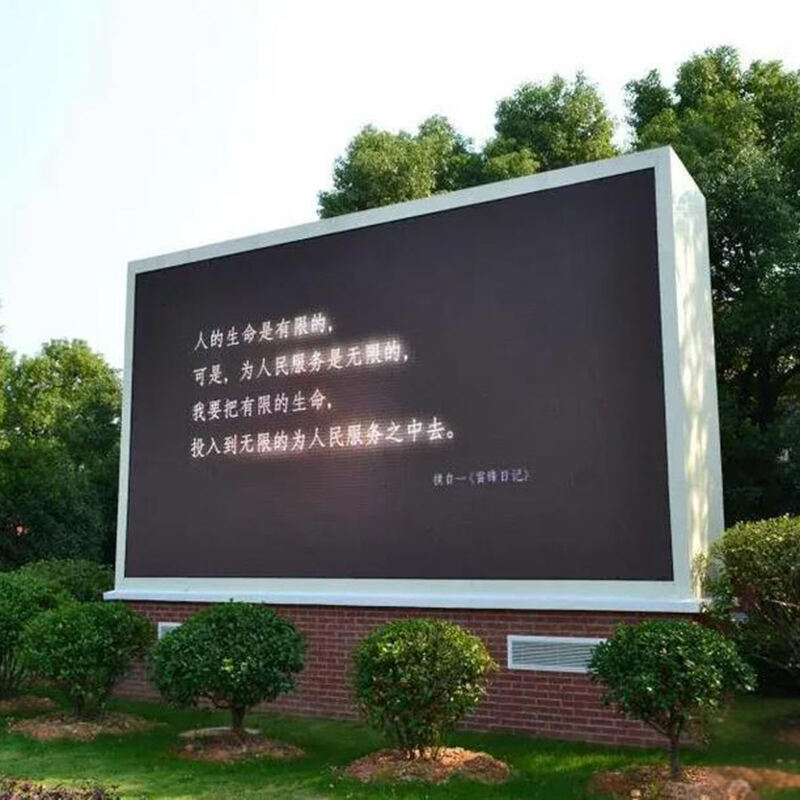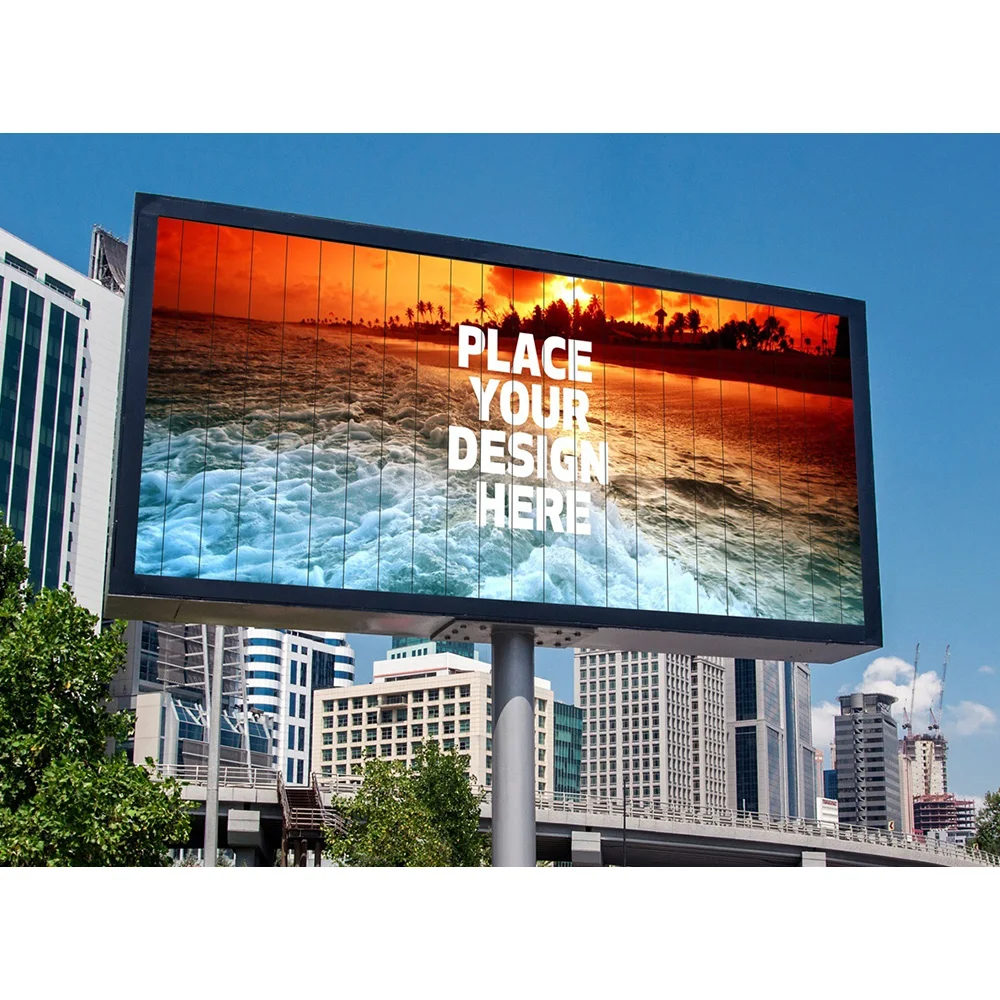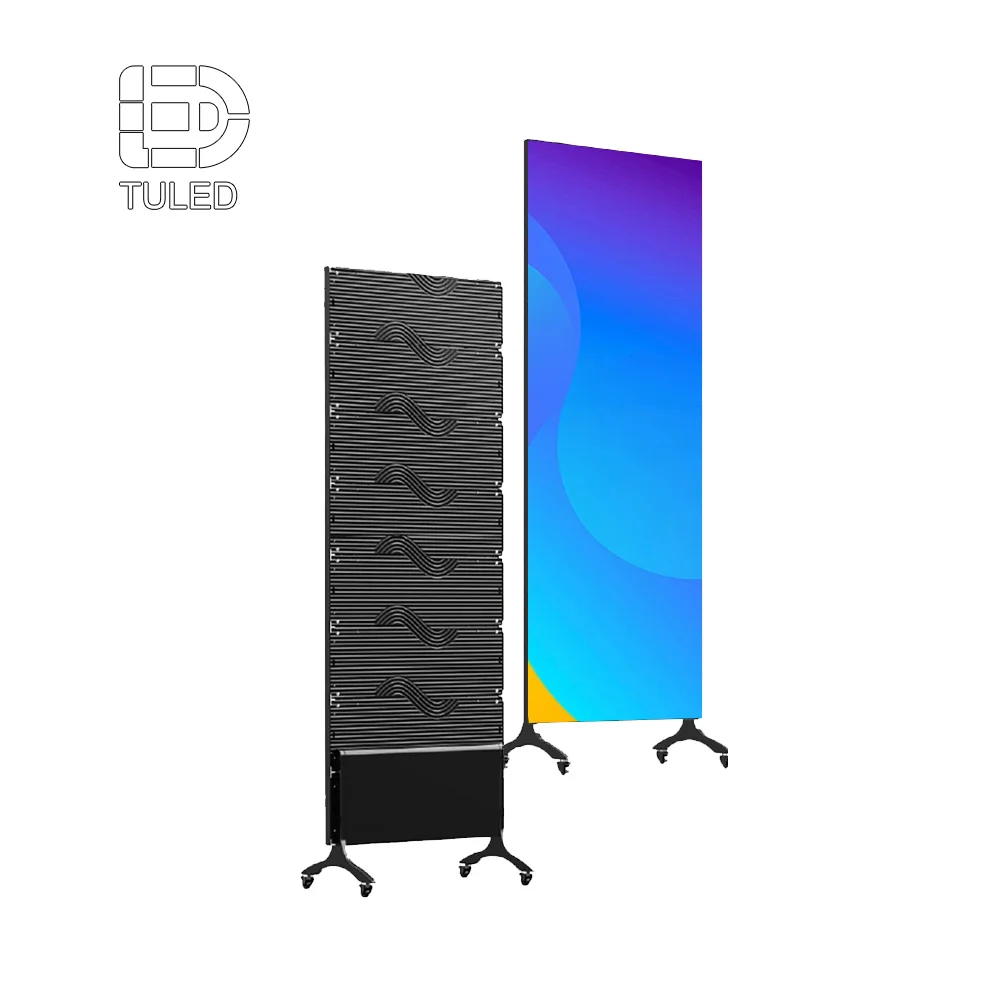Understanding LED Display Technology and Key Performance Factors
What is an LED display and how does it work?
LED displays work by using lots of tiny semiconductor diodes arranged in grids to generate light and make pictures appear. Basically, when electricity runs through these little components, they glow different colors which then mix together to show whatever text or images we see on screen. These days most LED screens come equipped with smart technology that handles when each pixel turns on and how colors blend, allowing for really vivid moving images. We can spot them everywhere now - from those big digital billboards in shopping centers all the way to the massive video boards at sports arenas where fans watch scores change in real time.
Core components: LEDs, driver circuits, and control systems
Three critical subsystems enable LED display functionality:
- LEDs: The smallest light units, available in SMD (Surface-Mount Device) or COB (Chip-on-Board) configurations for color accuracy
- Driver circuits: Regulate power distribution to prevent overheating while maintaining consistent brightness
- Control systems: Process input signals and coordinate pixel behavior, with advanced models supporting 16-bit processing for smoother gradients
Optimized driver circuits can reduce power consumption by 22% compared to legacy systems, according to the 2024 LED Technology Report.
Critical performance metrics: resolution, pixel pitch, brightness (nits), and refresh rate
| Metric | Impact | Ideal Range* |
|---|---|---|
| Pixel Pitch | Determines viewing distance | 1.5–10mm (indoor) 10–20mm (outdoor) |
| Brightness | Visibility in ambient light | 800–1,500 nits (indoor) 5,000–8,000 nits (outdoor) |
| Refresh Rate | Motion clarity | ≥1920Hz for fast-paced content |
Higher pixel density (smaller pitch) improves image clarity but increases costs by approximately $120–$300 per m². Displays with refresh rates below 960Hz exhibit visible flicker under camera scrutiny, as confirmed by recent industry findings.
Defining Your Business Goals and Measuring LED Display Impact
Primary use cases: advertising, information sharing, and brand engagement
LED displays excel in high-traffic environments where capturing attention is critical. Retailers use them for promotional content, transportation hubs deploy real-time information boards, and corporate campuses leverage them for internal communications. For brand engagement, interactive displays in flagship stores or event venues create immersive experiences that deepen customer connections.
Aligning LED display deployment with strategic business objectives
Getting good results from displays means connecting their use to actual outcomes that can be measured somehow. Think about things like getting more people through the door, making operations run smoother, or helping customers remember a brand better. Take restaurants for instance they often want menus front and center so patrons notice premium items. Corporate offices meanwhile tend to care more about how well employees get information across to each other. Companies that set specific goals first usually get their money back quicker compared to businesses that just throw displays up without planning. Planning matters because random installations rarely pay off fast enough to justify the expense.
Key performance indicators: visibility, audience engagement, and conversion tracking
Quantify success using three core metrics:
- Visibility: Average dwell time is 5.2 seconds for static ads versus 9.8 seconds for motion-based content
- Engagement: Track interaction rates via embedded sensors or QR code scans
- Conversions: Link display views to sales lifts using POS data or promo code redemptions
Businesses using real-time performance dashboards report 23% higher campaign optimization rates than those relying on manual audits. Pair these metrics with A/B testing to refine content strategies and align with evolving audience preferences.
Matching LED Displays to Audience, Environment, and Location
Indoor vs. Outdoor LED Displays: Environmental Considerations and Durability
When it comes to indoor LED displays, manufacturers focus on achieving high resolution typically below 3mm pixel pitch while keeping brightness levels moderate around 800 to 1500 nits so they don't cause unwanted glare in spaces where lighting can be controlled. Things get quite different when we talk about outdoor installations though. These need much tougher builds since they face direct sunlight daily. Brightness needs to hit at least 5000 nits just to stay visible during daylight hours, and the enclosures must meet IP65 standards to withstand rain, dust, and other weather elements without failing. A recent study from 2023 looked into how long different materials hold up outdoors. What they found was pretty interesting actually outdoor LED signs built with aluminum alloy frames tend to survive about 42 percent longer in changing weather conditions compared to those made from plastic. That makes sense considering metal conducts heat better and handles temperature extremes more effectively over time.
Weather Resistance, Heat, Humidity, and Dust Protection Requirements
Outdoor installations must withstand temperature extremes (−30°C to 60°C) and humidity levels exceeding 90%. Nano-coating technology reduces dust accumulation by 67% compared to traditional screens, based on harsh environment performance research. Regular maintenance every 200–500 operational hours helps sustain thermal management and prolong system life.
Audience Demographics and Behavior: Designing Content and Scheduling for Impact
Displays near retail hubs achieve 31% higher engagement when showing promotional content during peak shopping hours (10 AM–2 PM, 5–8 PM). Use 15–30 second loops in commuter-heavy areas and 60–90 second sequences in leisure spaces. Eye-tracking studies show diagonal text layouts improve readability by 19% for moving audiences.
Mounting Options and Structural Requirements for Safe Installation
When it comes to wall mounts, most setups handle screens around 25 square meters without needing extra bracing. Freestanding units tell a different story though they need footings that can take at least 1.5 times what the screen weighs when factoring in wind loads. Important note here folks should check their building's load limits before installation because even a modest 10 meter squared LED panel might push against walls with forces reaching 800 kilograms when gusts hit 50 miles per hour according to those latest 2024 guidelines from the Structural Safety Institute. Curved mounting options have really taken off lately too. These setups give viewers almost 28 percent more usable viewing area which makes all the difference in tight spots where space is limited.
Optimizing Display Size, Resolution, and Viewing Experience
Choosing the right size and aspect ratio for your space
Begin by measuring your installation area’s dimensions, favoring 16:9 or 4:3 aspect ratios for broad content compatibility. Displays larger than 10m² achieve 37% higher engagement in open spaces like stadium concourses (Digital Signage Federation 2023). In narrow environments such as elevator lobbies or retail aisles, vertical 9:16 configurations enhance visibility.
Pixel pitch and resolution: balancing image clarity with cost efficiency
Indoor control rooms benefit from ≥1.5mm pixel pitches for sharp detail at 2m viewing distances, while outdoor billboards perform well with 10–20mm pitches beyond 15m. Aligning pixel density to usage scenarios reduces content production costs by 34%, according to the 2023 LED Resolution Planning Report, compared to overspecifying.
Brightness, contrast, and viewing angles for maximum visibility
Outdoor LED displays require ≥5,000 nits to remain visible in direct sunlight; indoor retail screens operate effectively at 1,200–1,500 nits. A 3,000:1 contrast ratio increases message retention by 41% in high-traffic areas (Society for Information Display 2023). Choose displays with 160°+ viewing angles to maintain color accuracy in crowded venues like airports.
Viewing distance optimization based on pixel density
Use the formula Minimum Distance (meters) = Pixel Pitch (mm) × 2—a 4mm pitch screen delivers crisp imagery beyond 8m. For interactive kiosks, ensure text legibility at 1.5× the expected viewing distance. Studies show 78% of shoppers ignore displays requiring squinting or repositioning (Retail Technology Council 2023).
Ensuring Connectivity, Energy Efficiency, and Long-Term Maintenance
Integration and Connectivity: Compatibility With Existing Systems
Modern LED displays must integrate seamlessly with existing infrastructure. Prioritize models with HDMI, DisplayPort, or SDI inputs and compatibility with CMS or cloud-based platforms. Systems offering API access or IoT connectivity enable automated scheduling and remote management, streamlining operations across multi-screen networks.
Energy Consumption and Sustainability of LED Displays
Energy-efficient designs directly impact operating costs and sustainability goals. Energy Star-certified LED displays consume 30% less power than conventional models while maintaining 1,500–2,500 nits brightness outdoors. Modular power supplies and adaptive brightness sensors further reduce energy waste by 18–22% in fluctuating lighting conditions (Ponemon 2023).
Maintenance Planning and Expected Lifespan of LED Technology
Regular maintenance can push LED displays well past their 100,000 hour mark before needing replacement. Most experts recommend checking color balance every three months along with cleaning dust buildup and inspecting cooling systems. Studies from the Energy Sustainability Directory show that sticking to these routines boosts reliability around 40% and saves money on expensive panel swaps down the road. When shopping for new equipment, look for vendors who back their products with solid warranty coverage lasting between five to ten years for both the LED modules and driver circuits. These longer guarantees help protect against unexpected failures and reduce overall ownership costs over time.
FAQ
What are the primary components of an LED display?
The primary components include LEDs, driver circuits, and control systems. LEDs are the smallest light units, available in SMD or COB configurations. Driver circuits regulate power distribution, and control systems coordinate pixel behavior.
How does pixel pitch affect LED display performance?
Pixel pitch primarily determines viewing distance. Smaller pitch improves image clarity but increases costs. It is crucial to optimize the pixel pitch based on usage scenarios to maintain efficiency.
Why is refresh rate important in LED displays?
Refresh rate impacts motion clarity. A rate of at least 1920Hz is recommended for fast-paced content to avoid visible flicker, especially under camera scrutiny.
How do LED displays align with business objectives?
Successful LED displays align with measurable outcomes such as increased foot traffic, streamlined operations, or enhanced brand recall. Strategic goals ensure better return on investment.
What factors should be considered for outdoor LED displays?
Outdoor installations require consideration of factors such as weather resistance, brightness levels, and durability. Enclosures must meet IP65 standards, and the choice of materials can impact longevity.











